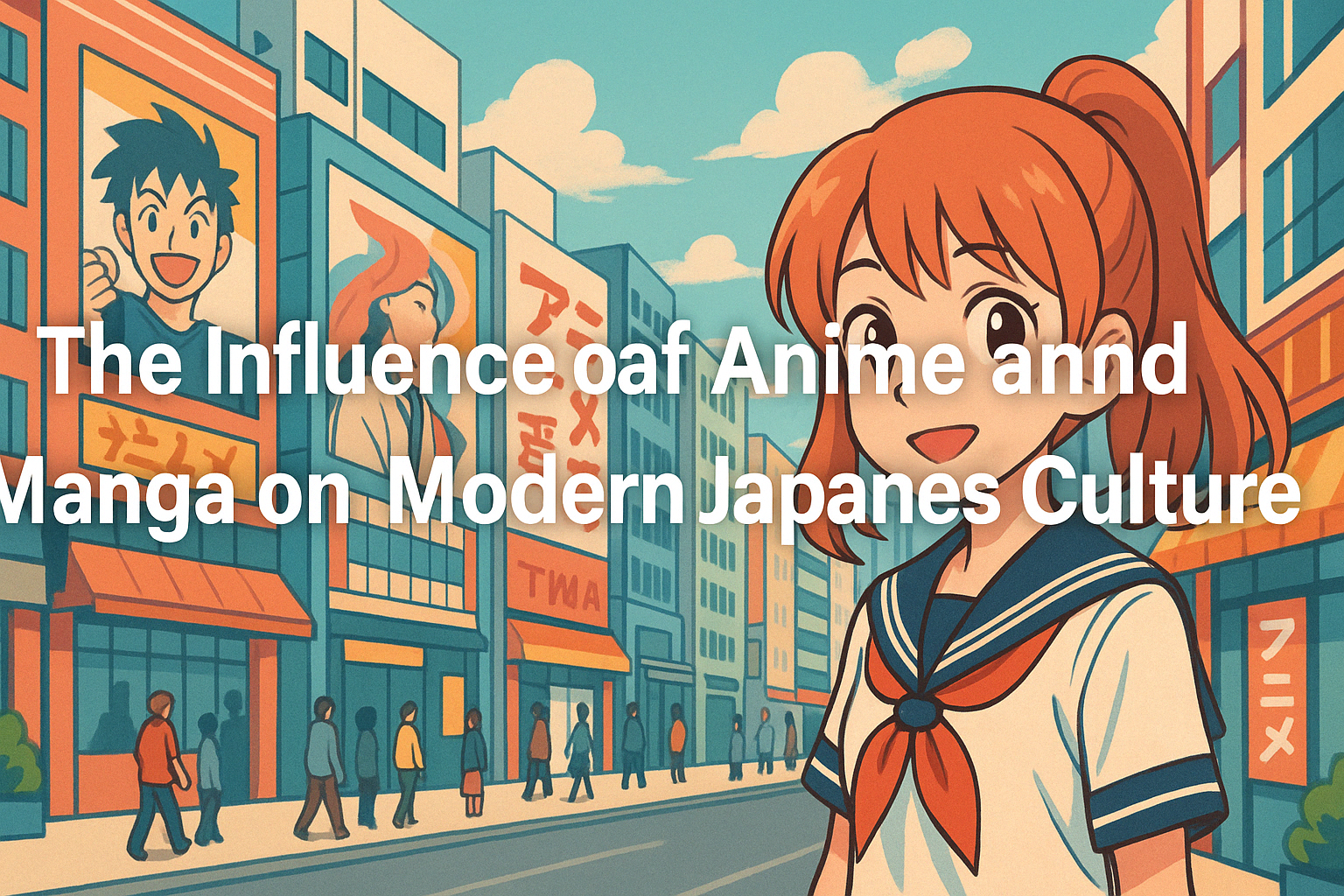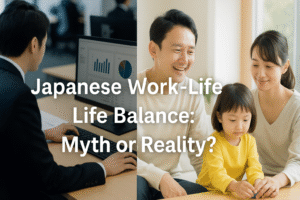When people think of Japan, chances are one of the first things that comes to mind is anime or manga.
Whether it’s Naruto, Demon Slayer, Sailor Moon, or One Piece, these pop culture giants have taken the world by storm.
But in Japan, anime and manga aren’t just entertainment—they’ve become a huge part of everyday life and modern culture.
🎨 What Are Anime and Manga?
- Manga = Japanese comic books or graphic novels
- Anime = Animated TV shows or films, often adapted from manga
Both come in a wide range of genres—from action and romance to horror and slice-of-life. There’s something for everyone, regardless of age or background.
🏙️ How They Influence Daily Life in Japan
1. Advertising & Branding Everywhere
You’ll see anime characters on trains, billboards, bank cards, and even on ramen packages. Major brands like UNIQLO, Cup Noodles, and ANA Airlines have all collaborated with anime franchises.
2. Tourism Inspired by Anime
Places like Akihabara (Tokyo), Dogo Onsen (Spirited Away), and real-life locations featured in anime series attract fans from all over the world. Japan has even created anime-themed travel campaigns!
3. Pop Culture Events
Comic conventions (like Comiket), cosplay events, and anime expos are huge in Japan. They draw thousands of fans and showcase just how deeply anime is woven into modern culture.
4. Education & Social Issues
Some schools use manga-style textbooks to engage students. Manga and anime also reflect and explore social topics—like bullying, mental health, or gender roles—making them more than just fun stories.
🎌 A Cross-Generational Love
Anime and manga aren’t just for kids. Many adults in Japan still read manga daily—on the train, during lunch breaks, or at home. You’ll even find “salaryman manga” tailored specifically to office workers.
The line between children’s media and adult entertainment is much blurrier in Japan than in many Western countries.
🌍 Global Impact, Local Identity
While anime and manga have exploded globally, in Japan, they’re still very much tied to national identity and cultural pride.
They’ve become a way for Japan to share its stories, values, and creativity with the world.
✨ Final Thoughts
From city streets to classrooms, from childhood to adulthood, anime and manga shape how Japan sees itself—and how the world sees Japan.
They’re more than pop culture—they’re a cultural force.
So the next time you watch an anime, remember: you’re not just enjoying a show—you’re peeking into a piece of modern Japan.








